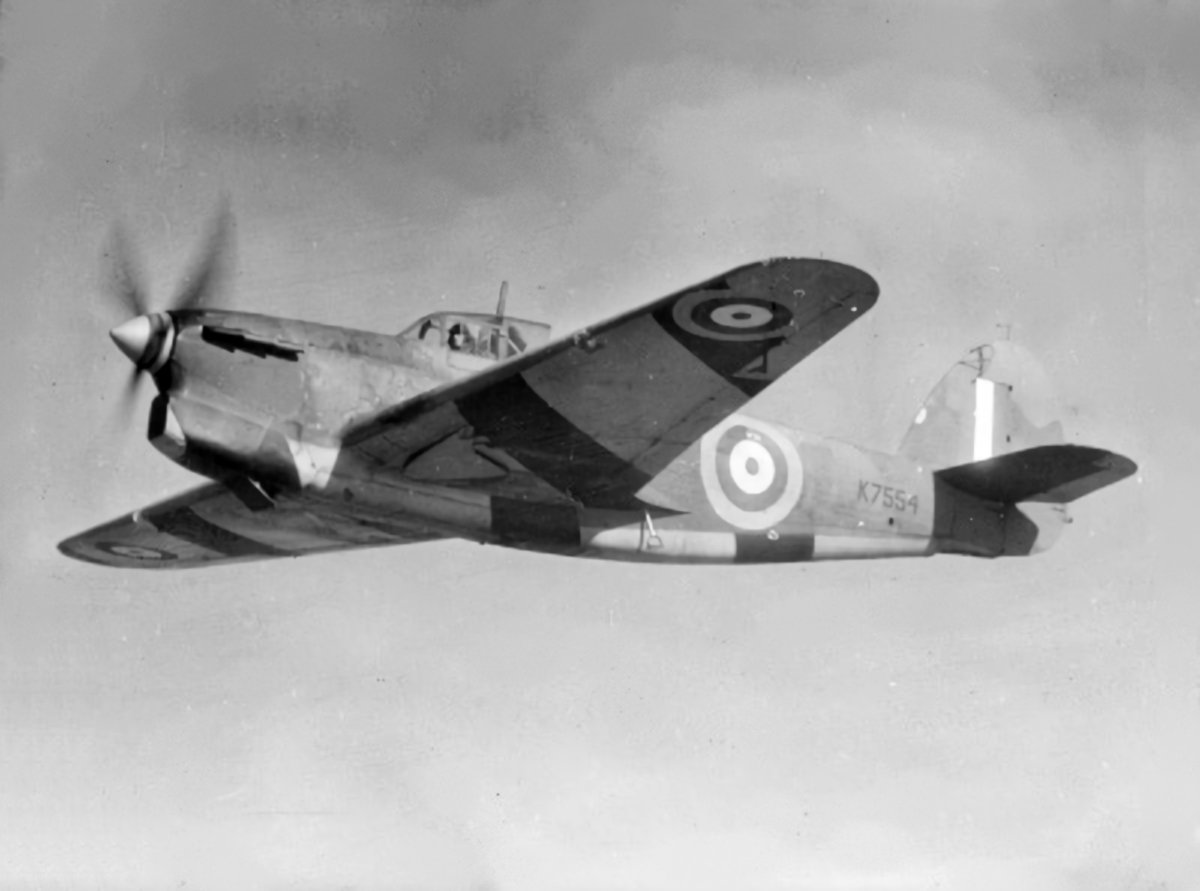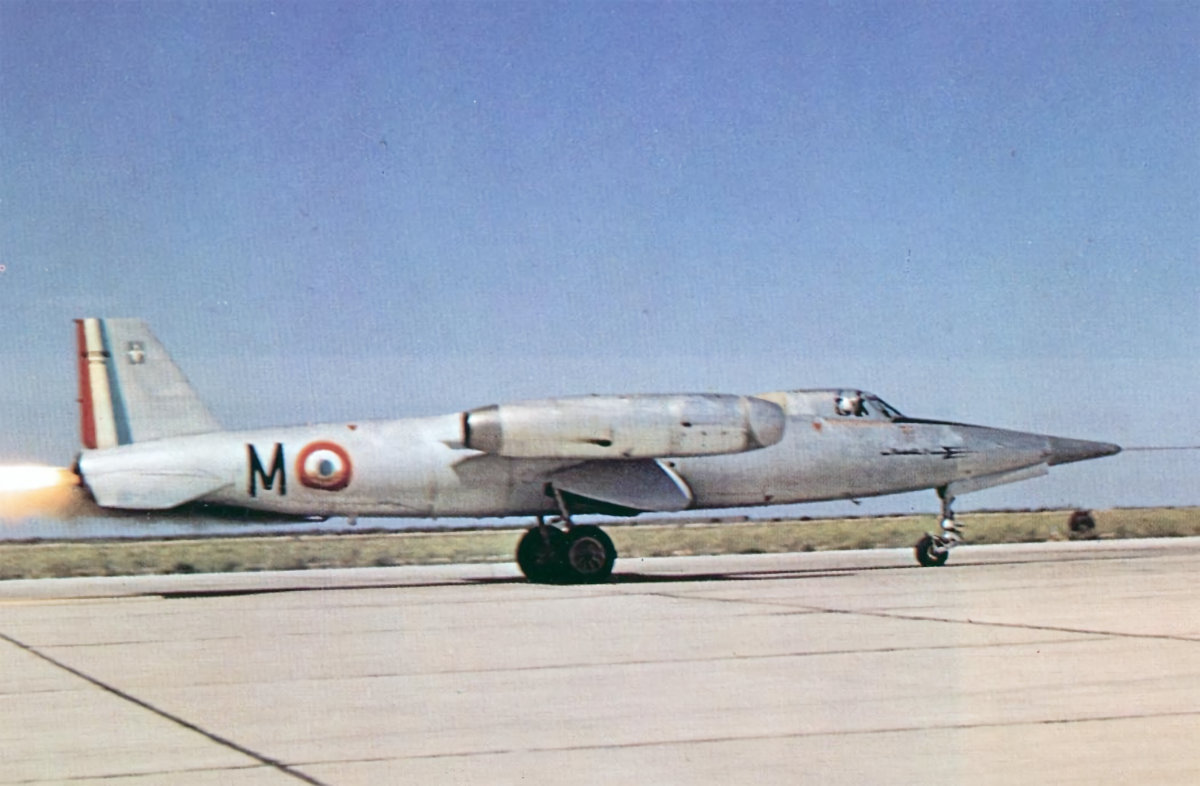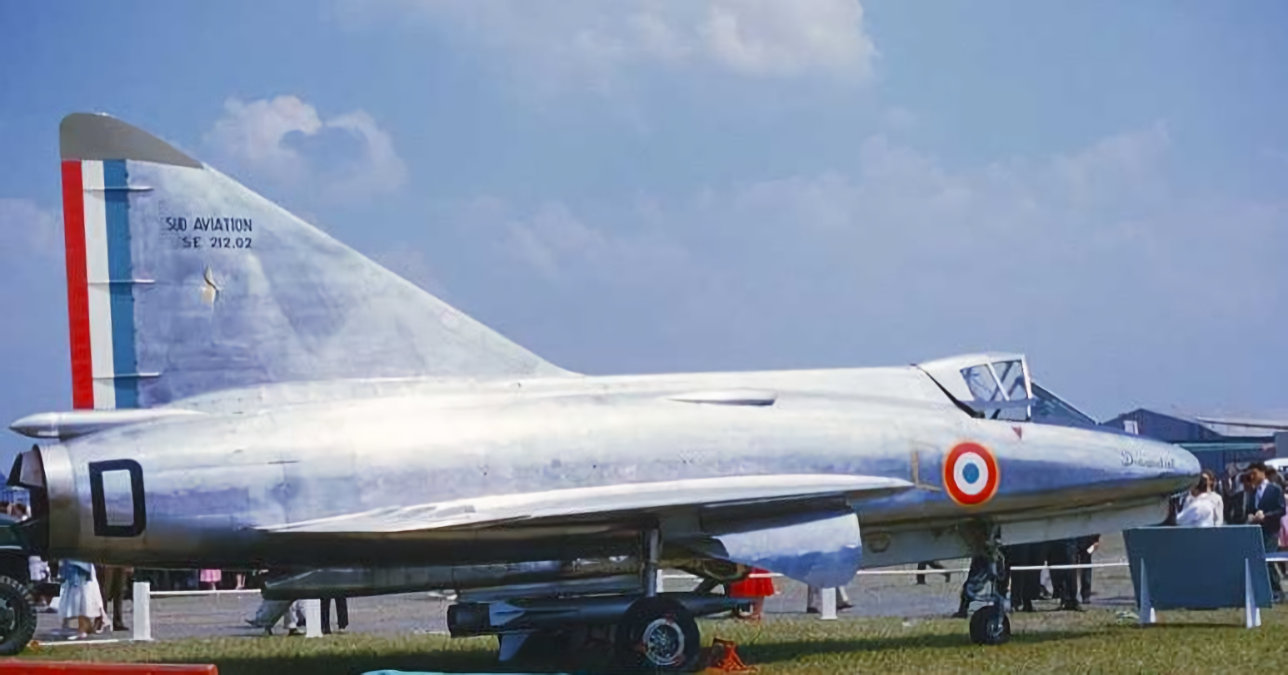Hawker Henley Target Tug
Designed to meet the 1934 Air Ministry Specification P.4/34 for a light bomber, the Hawker Henley first flew on 10 March 1937. By the time the Henley and the competing Fairey P.4/43 flew, the Air Ministry had dropped its requirement for a light bomber. This decision appears to have been based on the potential for propeller overspeed when dive bombing. Although this could be alleviated with constant speed propellers, they were not then available in the required quantities. When they did become available in 1940, they were need for Hurricane fighters.
Based on the Hurricane, the Henley was capable of carrying 550lb of bombs within the fuselage and had provision for another 200lb of bombs to be carried on underwing racks. An order for 350 Henleys was placed before the decission to cancel the project was made. This was reduced to 200 Henley target tugs, which was fulfilled by Gloster as Hawker was committed to Hurricane production.
The Henley was disappointing as a target tug. Capable of 300 mph, it was forced to fly at 220 mph for its new role. The addition of the high drag target drogue placed great strain on the engine, with high revs and slow speed resulting in insufficient cooling. This resulted in an unacceptable rate of engine failures.
Henleys were accordingly passed onto anti-aircraft co-operation units, where the drogue was even larger. This resulted in even poorer performance. As a result in mid-1942, the Henley was withdrawn, in favour of modified Boulton Paul Defiants, and purpose-built Miles Martinet aircraft.
The Hawker Henley was also used as an engine testbed, the original prototype (K5115) being fitted with a Rolls-Royce Vulture, 24-cylinder engine in 1939. This engine proved troublesome however, and another example (L3302) was also similarly converted during the following year.
Additionally in 1940, a Hawker Henley (L3414) was fitted with a Rolls-Royce Griffon engine and was used for much of the engine trials work carried out for its further use in the Fairey Firefly.
Hawker Henley Prototypes





Hawker Henley TT Mk.III





















Hawker Henley Evaluation and Test-Beds






Crashed Hawker Henley Target Tugs















































